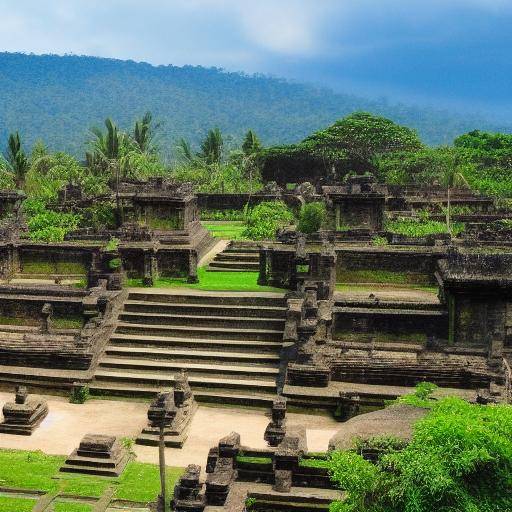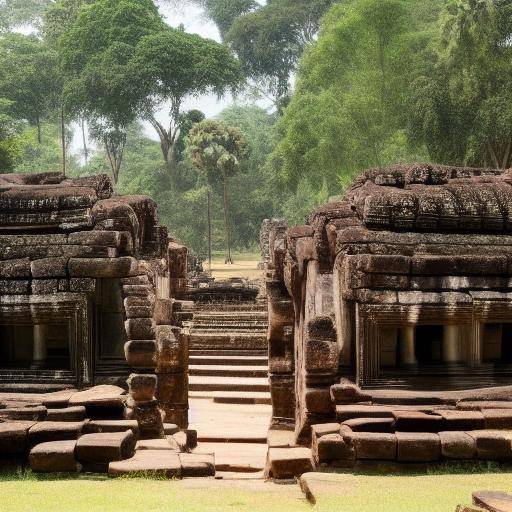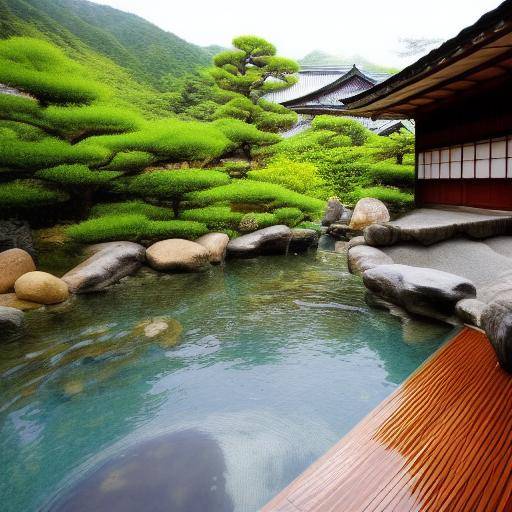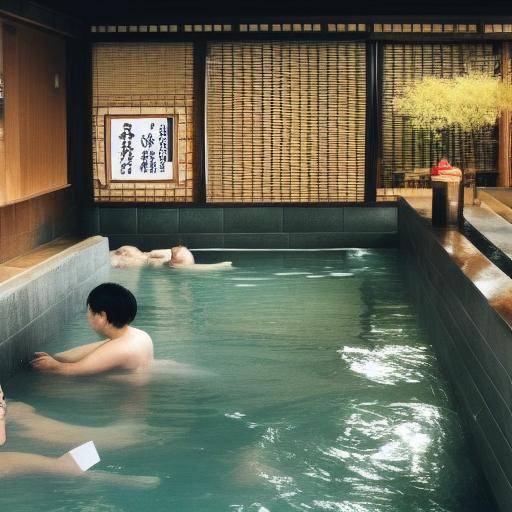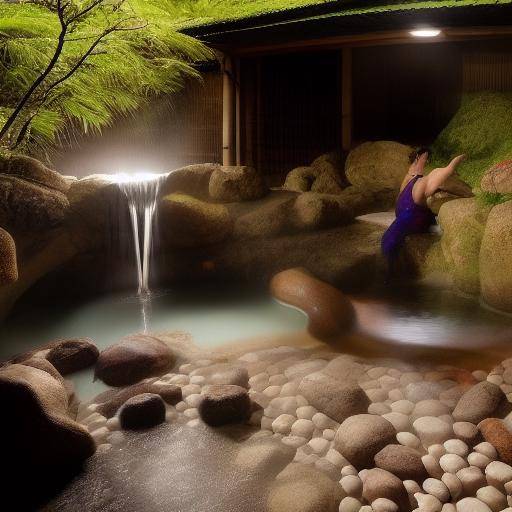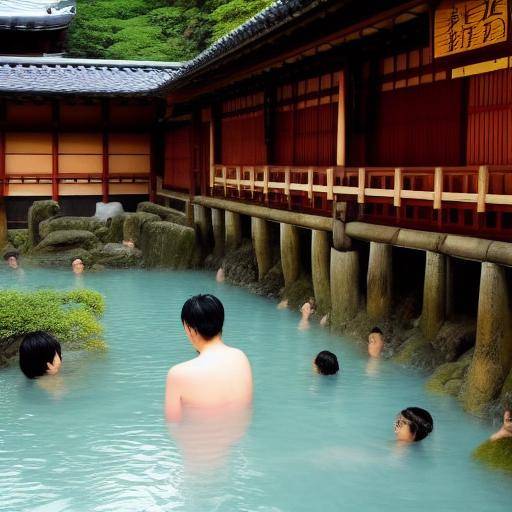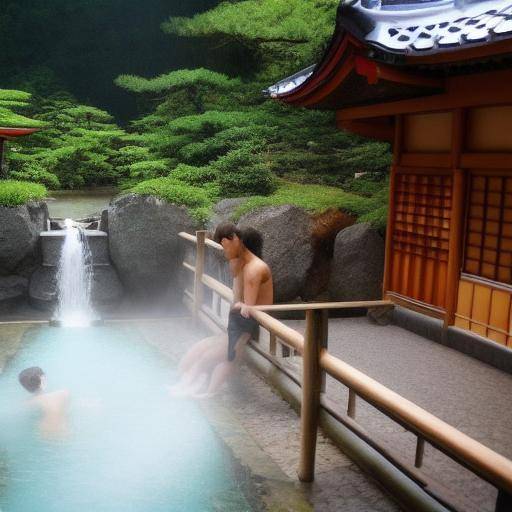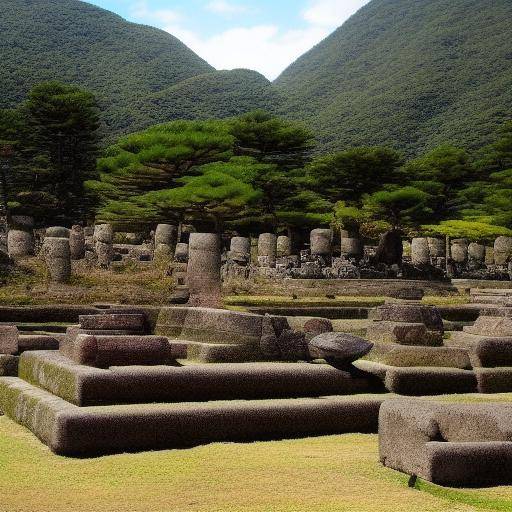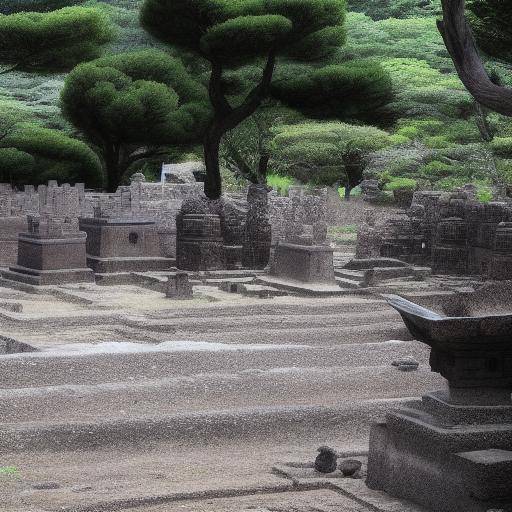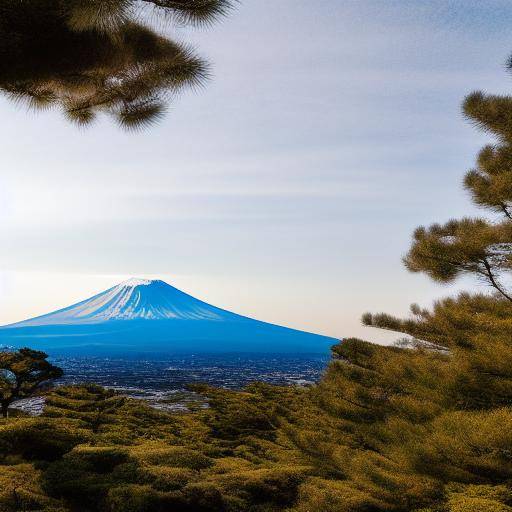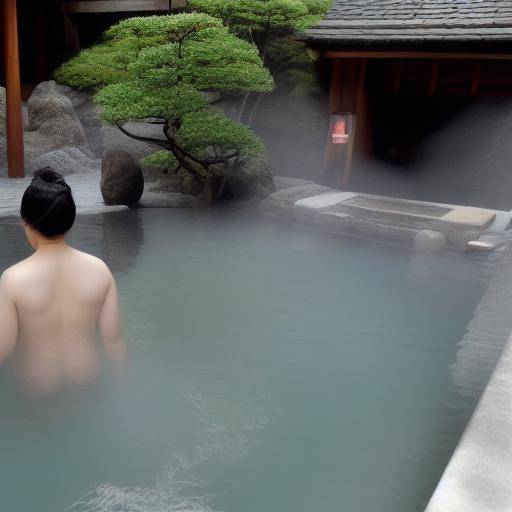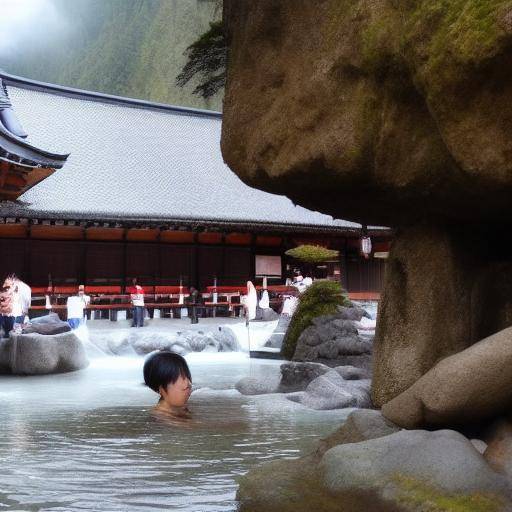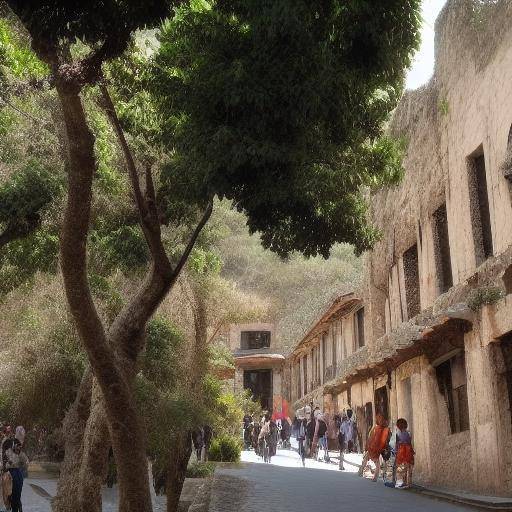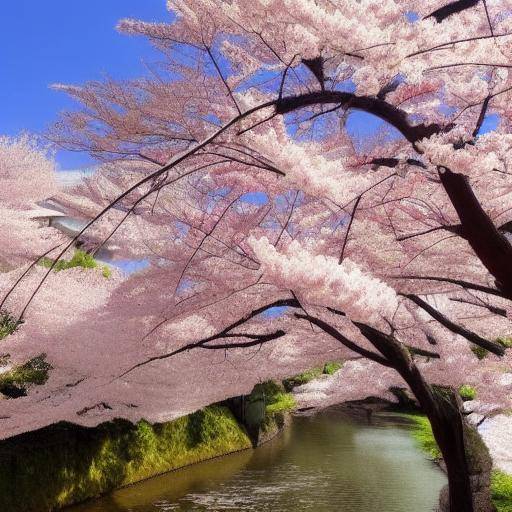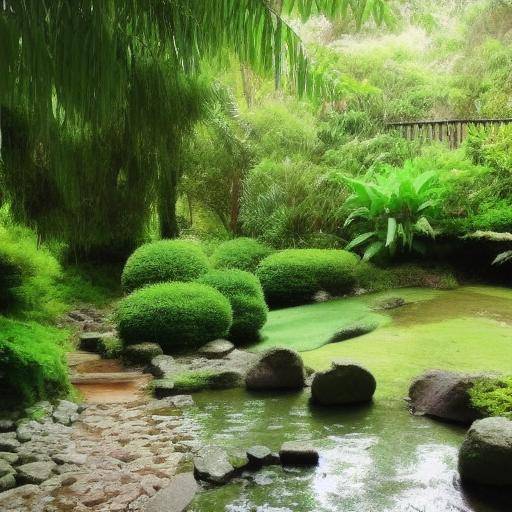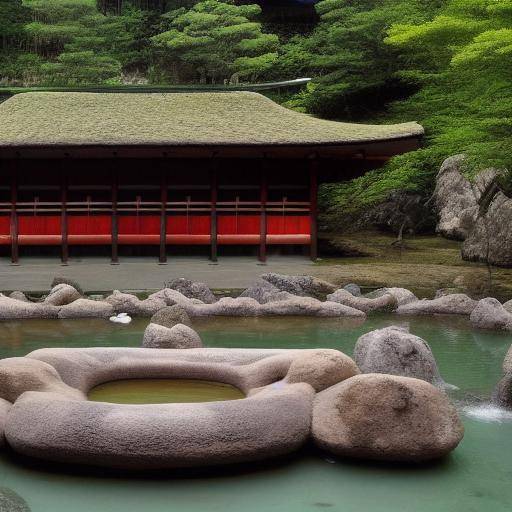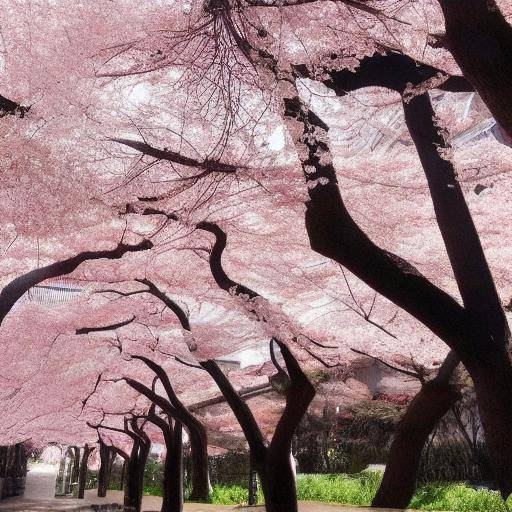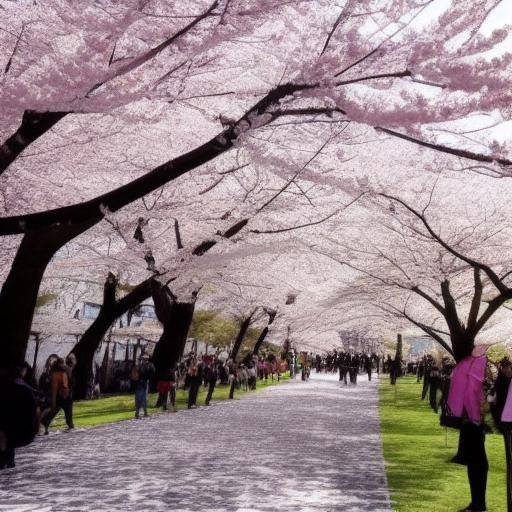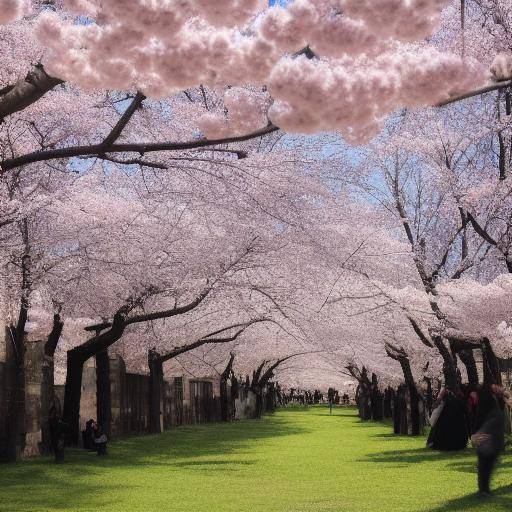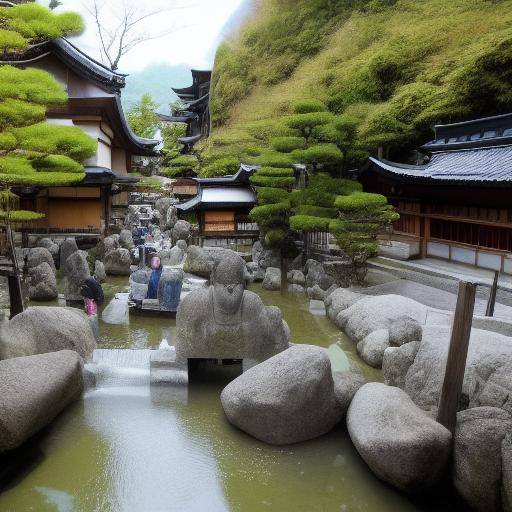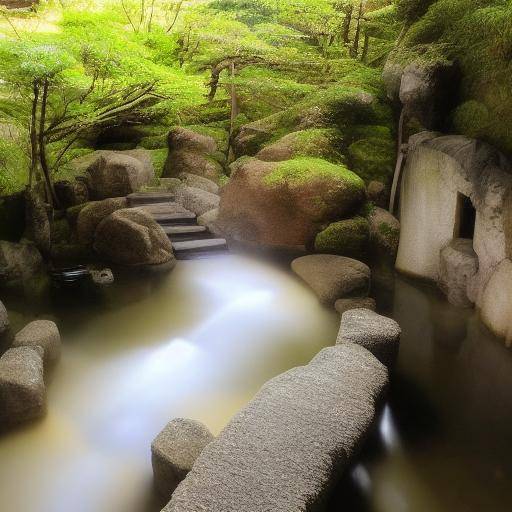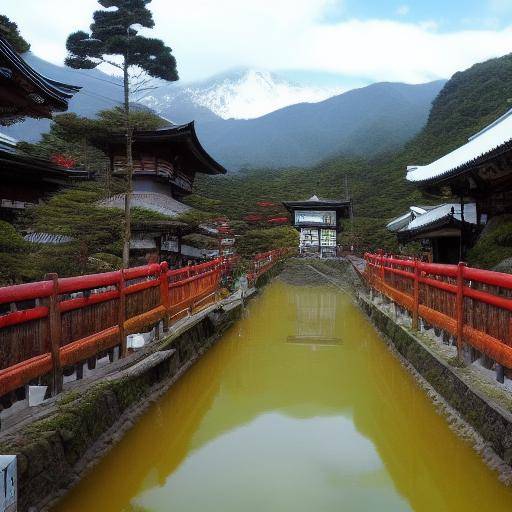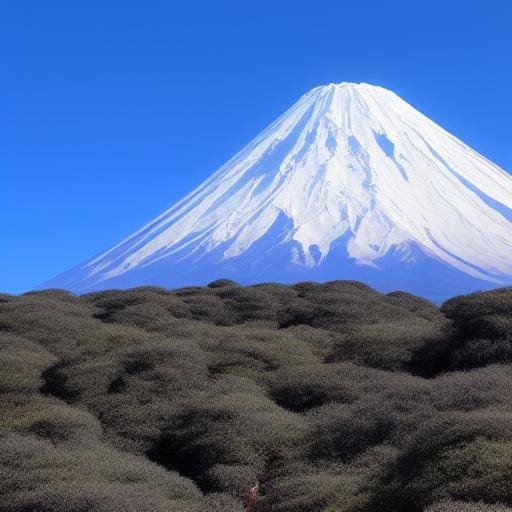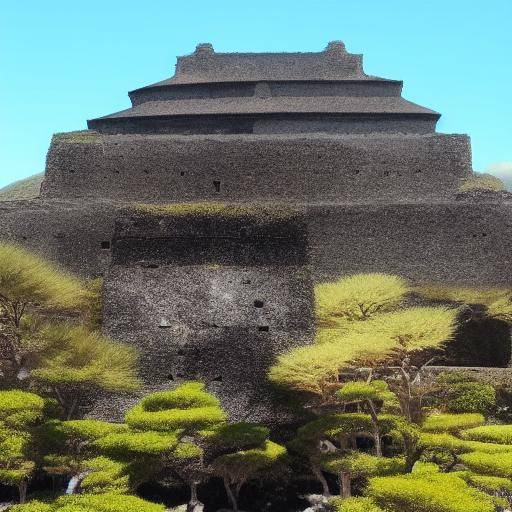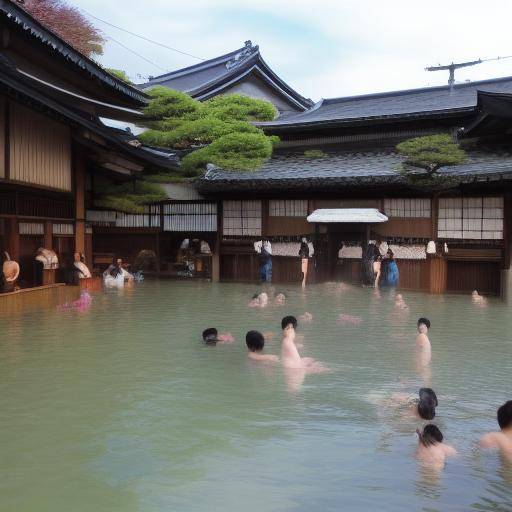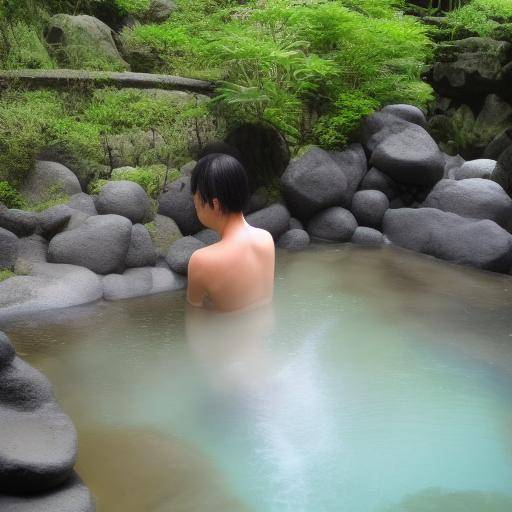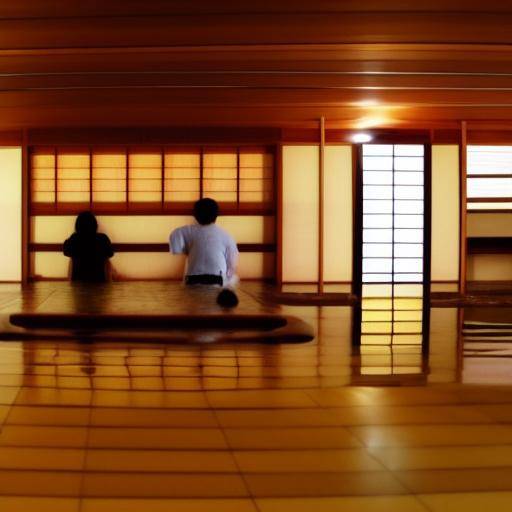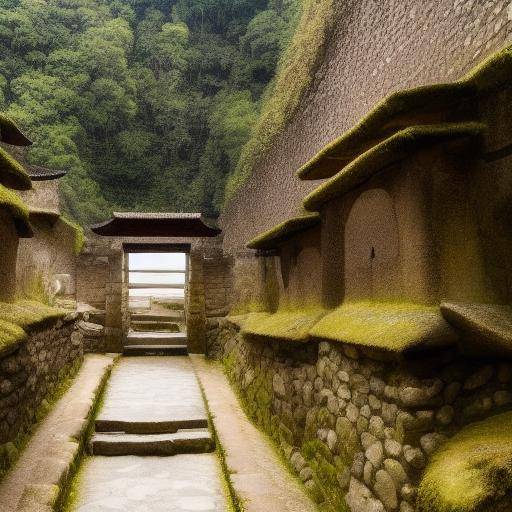
Introduction
The city of Kyoto, in Japan, is renowned for its dazzling temples that house centuries of history, art and spirituality. Known as the imperial capital for over a thousand years, Kyoto hosts some of the most impressive and sacred temples in the country, which are witnesses to the rich Japanese cultural heritage. In this guide, we will thoroughly explore the fascinating history, the profound spirituality and the amazing artistic beauty of the temples of Kyoto, offering detailed information about your visit and the unique experience that you provide to travelers.
History and Background
The temples of Kyoto have their roots in the ancient history of the city. Since its founding in 794, Kyoto became the epicenter of culture, religion and politics in Japan. For centuries, the city has been a place of great spiritual importance, and the temples have played an integral role in the daily lives of its inhabitants. These temples have witnessed significant historical events, from the Heian era to the Second World War, and have survived fires, wars and earthquakes, preserving their splendor and charm over time.
Some emblematic temples, such as the Kinkaku-ji (Pavilion Dorado) and the Ginkaku-ji (Pavilion of Silver), reflect the rich artistic and architectural history of Kyoto, offering visitors a vivid view of Japanese aesthetics over the centuries. As we explore the history of these temples, we immerse ourselves in the very essence of Japanese culture, where tradition and modernity intertwine in a unique way.
Deep analysis
The temples of Kyoto are true treasures that encapsulate the essence of Japanese spirituality and its rich cultural heritage. Each temple has its own fascinating history, with architectural elements, serene gardens, and artistic treasures that narrate the glorious past of Kyoto. Visitors can experience serenity and contemplation by going through the ancient corridors and observing the spiritual ceremonies in these temples, immersed in the practice of Zen and the ritual of tea, experiences that allow them to connect with the spiritual depth of Japanese culture.
Planning of the Visit
By planning a visit to the temples of Kyoto, it is essential to consider the time and willingness to explore the richness of each temple. Each temple offers a unique experience, from the majesty of the Kiyomizu-dera temple with its immense wooden platform to the serenity of the Ryoan-ji temple with its famous rock garden. It is advisable to spend enough time for each temple and explore its historical and cultural significance.
Conclusion
The visit to the temples of Kyoto is an opportunity to immerse yourself in the rich spiritual and artistic tradition of Japan. Each temple offers a unique window to Japanese history and spirituality, providing an enriching experience that will last in the memory of travellers forever.



